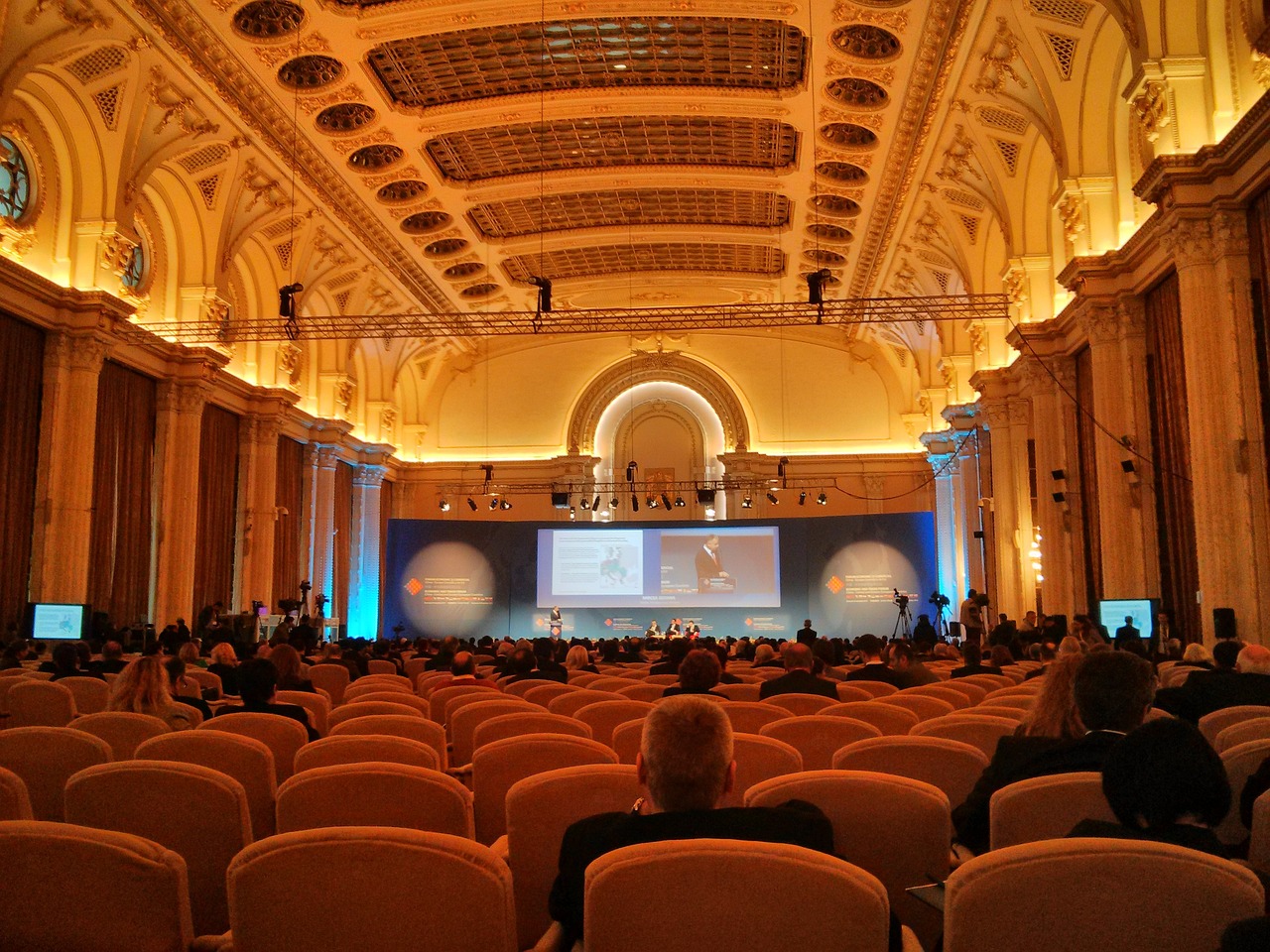Designing Resilient Hospitality Facilities for Crisis Management: World7 id, Mahadev betting login, Silver 777 login
world7 id, mahadev betting login, silver 777 login: The hospitality industry is no stranger to crises. Whether it’s a natural disaster, a global pandemic, or a terrorist attack, hotels and other hospitality facilities must be prepared to handle any emergency that comes their way. Designing resilient hospitality facilities for crisis management is crucial to ensuring the safety of guests and staff, as well as the continued operations of the business.
1. Start with a Risk Assessment
Before designing a crisis management plan for a hospitality facility, it’s essential to conduct a thorough risk assessment. This assessment should identify potential hazards, such as natural disasters, security threats, or health emergencies, that could impact the facility. By understanding these risks, designers can create a plan that addresses each one effectively.
2. Incorporate Redundancies
One of the key principles of designing resilient hospitality facilities is incorporating redundancies into the design. This means having backup systems in place for essential services such as power, water, and communication. For example, having generators on-site can ensure that the facility remains operational during a power outage.
3. Implement Security Measures
Security is a top priority for hospitality facilities, especially in today’s world where threats can come from various sources. Designers should include security measures such as access control systems, surveillance cameras, and trained security staff to ensure the safety of guests and staff.
4. Design for Flexibility
In times of crisis, flexibility is key. Designing hospitality facilities with flexible spaces that can easily be converted for different uses can help accommodate changing needs during an emergency. For example, a conference room could be used as a makeshift medical center during a health crisis.
5. Consider Accessibility
When designing resilient hospitality facilities, it’s important to consider accessibility for all guests, including those with disabilities. Ensure that the facility is compliant with ADA guidelines and has features such as ramps, elevators, and accessible restrooms to accommodate all guests in times of crisis.
6. Train Staff for Emergency Response
In addition to designing the physical space for resilience, it’s essential to train staff on how to respond to emergencies. Staff should be familiar with the crisis management plan, know their roles and responsibilities, and be prepared to act quickly and decisively in a crisis situation.
FAQs
1. How often should a crisis management plan be reviewed?
It’s recommended to review the crisis management plan for a hospitality facility at least annually, or whenever there are significant changes to the facility or its operations.
2. What should be included in a crisis management plan?
A crisis management plan should include an emergency response team, communication protocols, evacuation procedures, and contact information for emergency services.
3. How can guests be informed of emergency procedures?
Hotels can communicate emergency procedures to guests through in-room information packets, digital signage, and staff training to provide clear and concise instructions in the event of a crisis.
Designing resilient hospitality facilities for crisis management is a complex task that requires careful planning and attention to detail. By incorporating redundancies, security measures, flexibility, accessibility, and staff training into the design, hospitality facilities can be better prepared to handle any emergency that comes their way.







